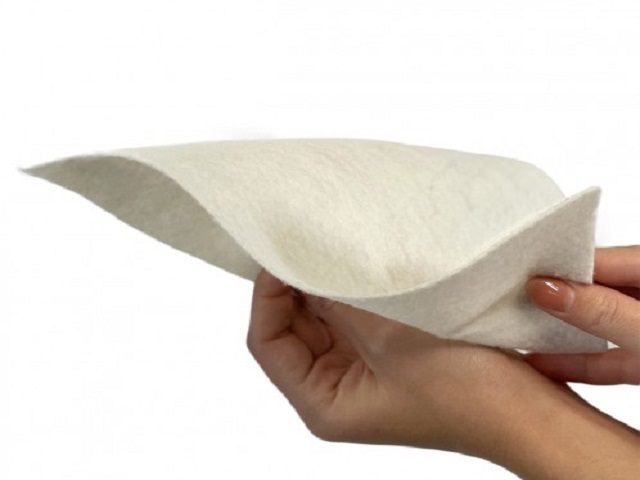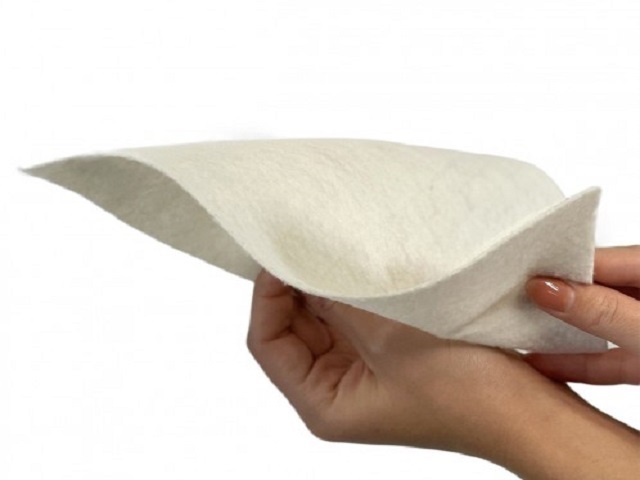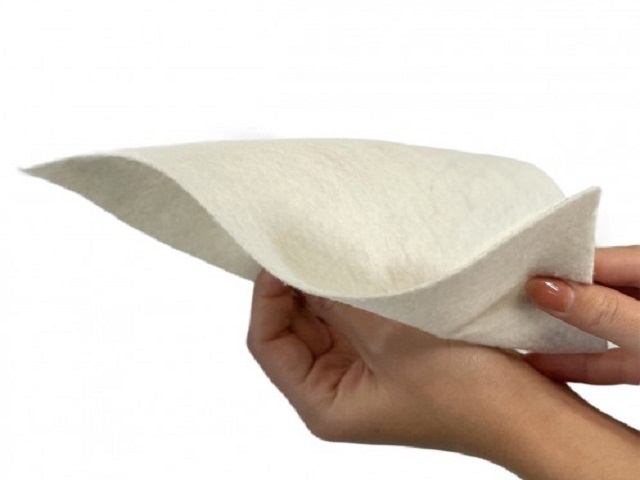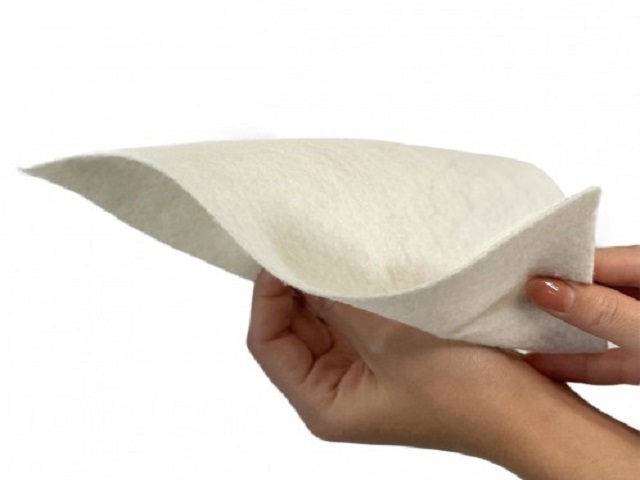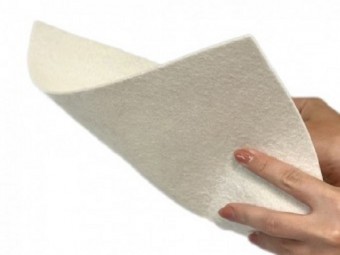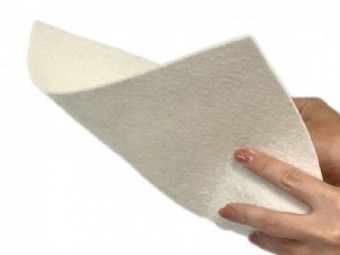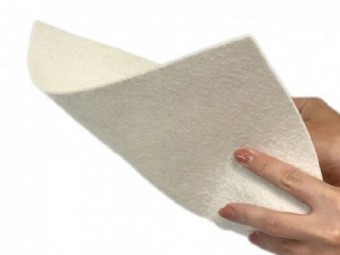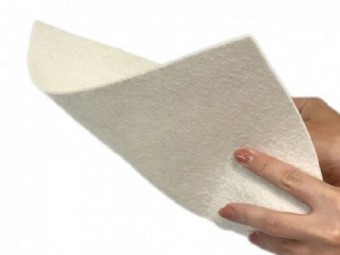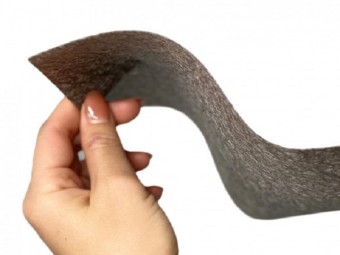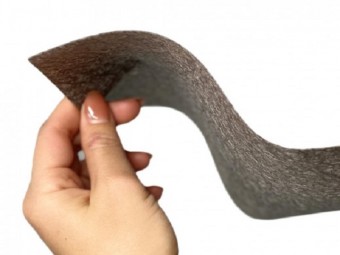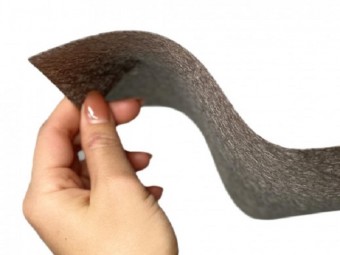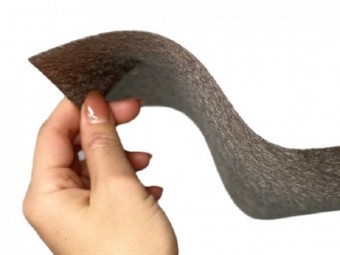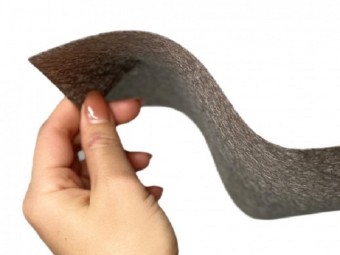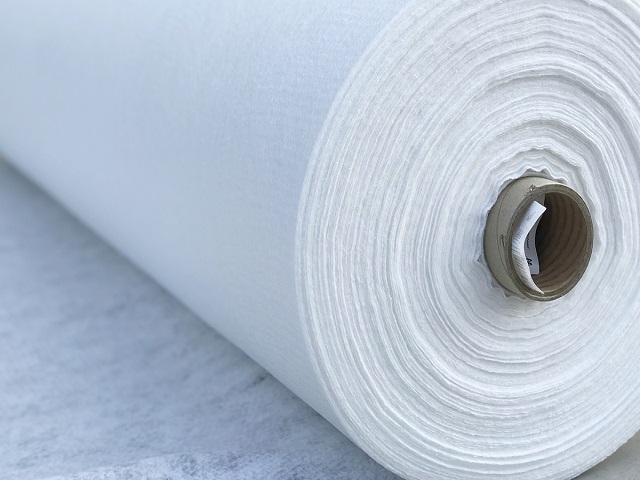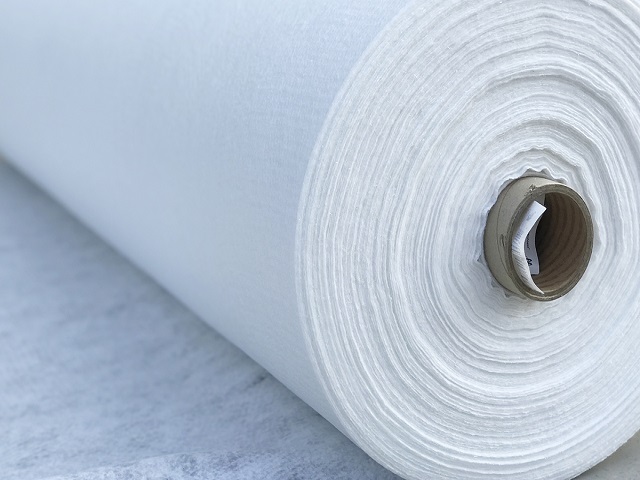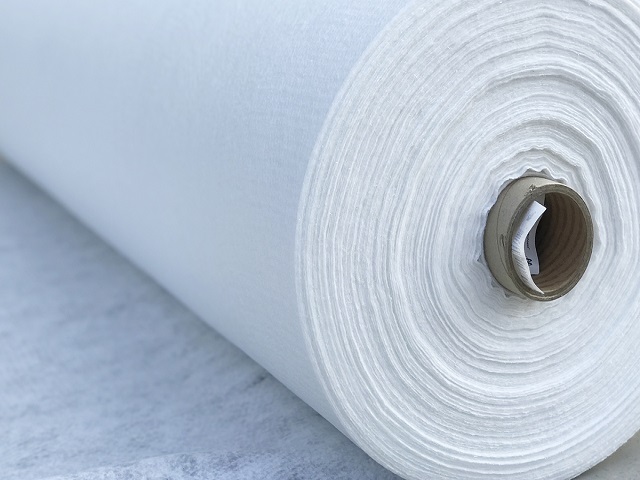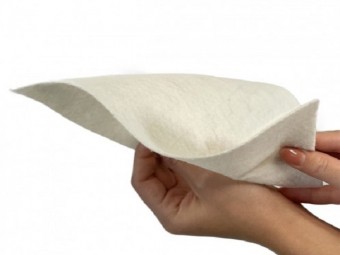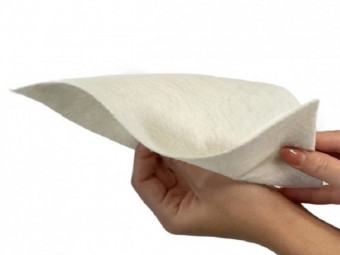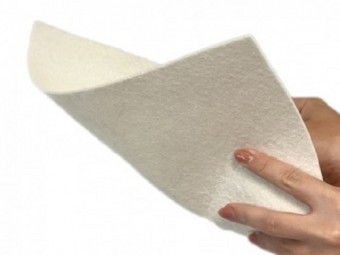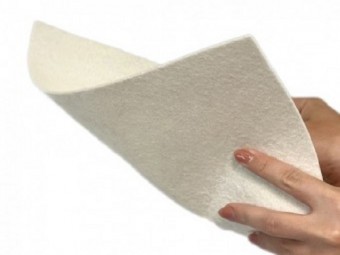Geotextiles for paving slabs play an important role in ensuring the durability and stability of the coating.
The use of geotextiles in paving provides several advantages:
- Soil stabilization: Geotextile stabilizes the topsoil, preventing it from forming wheel tracks and ruts on the tile surface.
- Seepage protection: Geotextile creates a barrier that prevents fine soil and sand from seeping through the road surface, which can lead to subsidence or deformation.
- Drainage: Geotextile provides good water permeability, which prevents puddles from forming on the surface. This is especially important in places subject to high humidity or rainy conditions.
The process of laying geotextiles to stabilize the road surface includes several stages:
- Preparation of the base: Removal of the soil layer, laying of geotextiles, and filling of the bearing layer.
- Seepage prevention: On top of the load-bearing layer, geotextiles can be used to prevent sand and other materials from seeping through.
- Laying the leveling layer: Laying a layer of wet coarse sand to create a leveling layer.
- Tiling: Laying paving slabs on top of a prepared base.
- Tile fixing: Installing a curb along the edges to prevent the tiles from shifting.
- Filling of interplate joints: Filling the gaps between tiles with a mixture of dry sand and cement to ensure stability and additional protection from moisture.
- Drainage of excess moisture: The dry mixture in the interlayer seams allows moisture to seep in, preventing the formation of puddles.
Geotextile has wide application possibilities and can be an effective tool to ensure the stability and durability of paving slabs under high loads.


